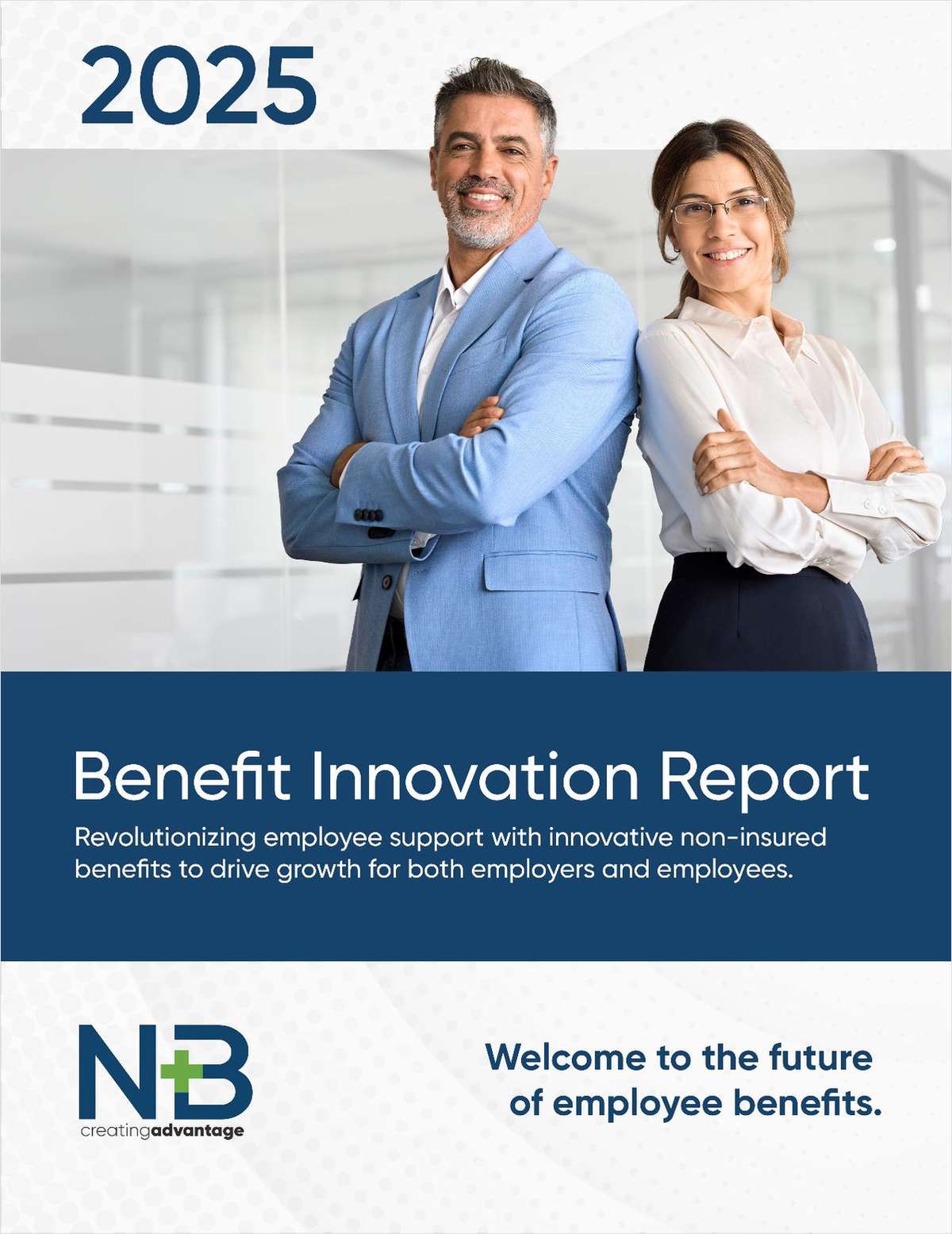Limiting risk, compared with eliminating it altogether, is a consideration for employers seeking to manage the risks of defined benefit plans, and a new white paper from Massachusetts Mutual Life Insurance Company explores the pros and cons of a range of strategies.
The paper "Key decisions for de-risking your pension plan" looks at multiple strategies, including freezing plans to new entrants, hibernating plans, reallocating investment assets or shifting pension obligations to a life insurer as part of a pension risk transfer.
That last is emerging as the choice of an increasing number of employers, according to Neil Drzewiecki, head of pension risk transfer for MassMutual.
In a statement, Drzewiecki is quoted saying that while there are both short- and long-term risk management strategies employers can consider, "More employers are concluding that transferring those risks to a life insurer is in the best interests of the company and its employees."
Longevity is increasing the risk faced by DB plans, since it requires payments for more years and greater funding of plans, and there has been a steady growth of pension buyouts as a method of managing risk.
MassMutual cites LIMRA Secure Retirement Institute figures that indicate the growth of PRT to $26.4 billion in 2018, from $3.84 billion in 2013.
The report says, "The increase in PRT activity tracks both increases in pension funding levels as well as rising premiums paid by employers to the Pension Benefit Guarantee Corp. (PBGC), the federal agency backstopping pensions of American workers. PBGC premiums for single-employer plans have more than doubled in the past 10 years, rising to $80 per participant in 2019."
The white paper examines four different strategies:
- Hibernating risks—closing a DB plan to new participants—stops accruals, which protects against benefit increases, but it does not eliminate other risks, such as interest rate risk.
- Establishing glide paths moves plan investment allocations toward fixed income as a plan's funded status improves, and provides a couple of other advantages: it helps diminish the risk-reward tradeoff associated with equities, and also provides a hedging effect against the rise or fall of interest rates via fixed-income assets.
- Hedging risks can take the edge off volatility, although it won't eliminate all risk and can't hedge against every eventuality.
- Purchasing annuities as part of a PRT transaction offloads longevity risk while replicating a DB plan's pension benefits. It also provides the services required to support annuitants.
READ MORE:
Complete your profile to continue reading and get FREE access to BenefitsPRO, part of your ALM digital membership.
Your access to unlimited BenefitsPRO content isn’t changing.
Once you are an ALM digital member, you’ll receive:
- Breaking benefits news and analysis, on-site and via our newsletters and custom alerts
- Educational webcasts, white papers, and ebooks from industry thought leaders
- Critical converage of the property casualty insurance and financial advisory markets on our other ALM sites, PropertyCasualty360 and ThinkAdvisor
Already have an account? Sign In Now
© 2024 ALM Global, LLC, All Rights Reserved. Request academic re-use from www.copyright.com. All other uses, submit a request to [email protected]. For more information visit Asset & Logo Licensing.









